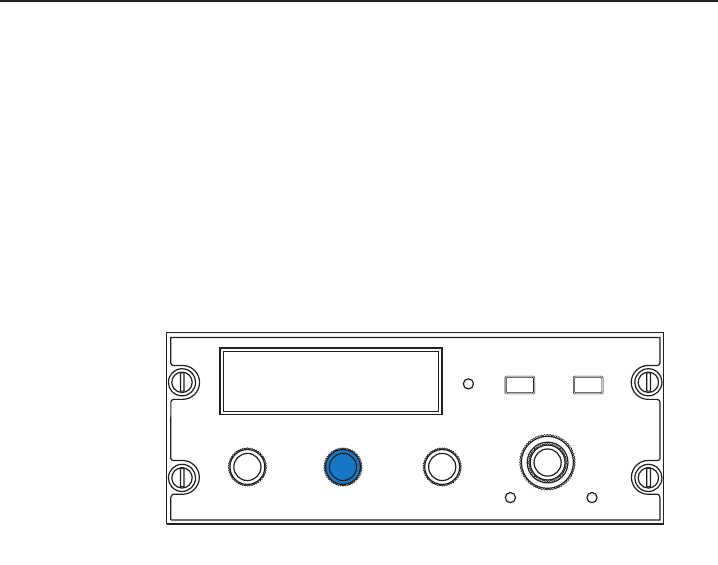Manual
Table Of Contents
- TITLE PAGE
- TABLE OF CONTENTS
- INTRODUCTION
- SECTION I
- CHARACTERISTICS OF HF SSB
- ACRONYMS AND DEFINITIONS
- REFERENCES
- HF SSB COMMUNICATIONS
- FREQUENCY
- SKYWAVE PROPAGATION - WHICH FREQUENCY TO
- WHY SINGLE SIDEBAND IS IMPORTANT IN HF
- AMPLITUDE MODULATION (AM)
- SINGLE SIDEBAND OPERATION
- SINGLE SIDEBAND (SSB)
- SUPPRESSED CARRIER VS. REDUCED CARRIER
- SIMPLEX AND SEMI-DUPLEX OPERATION
- AUTOMATIC LINK ESTABLISHMENT (ALE)
- FUNCTIONS OF HF RADIO AUTOMATION
- HOW ALE ASSURES THAT THE BEST COMMUNICA-TIONS
- CHARACTERISTICS OF HF SSB
- SECTION II
- SECTION III
- SECTION IV
- SECTION V
- SECTION VI
- SECTION VII
- ITU MARITIME RADIOTELEPHONE STATIONS
- DESCRIPTION OF SERVICES
- AT&T HIGH SEAS RADIOTELEPHONE SERVICE
- AT & T COAST STATION COVERAGE MAP
- COAST STATION COVERAGE & INFORMATION
- AIRCRAFT REGISTRATION
- OPERATING PROCEDURES FOR USING THE HIGH SEAS RADIOTELEPHONE NETWORK
- AT&T HIGH SEAS COAST STATIONS
- MOBILE MARINE RADIO, INC.
- WORLDWIDE LISTING OF PUBLIC CORRESPONDENCE STATIONS
- MARITIME RADIOTELEPHONE CHANNEL DESIGNATIONS
- SECTION VIII
- SECTION IX
- SECTION X
- SECTION XI
- SECTION XII
- SECTION XIII

When the KHF 950/990 is first turned on with the KCU 951, and has
warmed up the system “wakes up” and display the last frequency
transmitted if the FREQ/CHAN button is “out” (direct tuning). If the
FREQ/CHAN button is “in” (channelized operation), the system
“wakes up” displaying the channel number last used. In either case,
all preset channels are stored in nonvolatile memory and can be
recalled after the system is turned on.
SQUELCH/OPTIONAL SELCAL
Squelch is set by rotating the knob clockwise until background noise
can be heard and then turning it counterclockwise until background
noise is eliminated or barely audible.
CAUTION: It is important to know that squelch operation in HF is not
as predictable as in conventional VHF. Whereas a VHF receiver nor-
mally operates with a non-fading strong signal, an HF receiver many
times must operate with a signal subject to considerable fading and
which is only marginally strong. Therefore, it is not unusual for
conditions to make it necessary to leave the squelch knob fully
clockwise to maintain satisfactory reception. For this reason,
SELCAL (Selective Calling) may be a desirable option to relieve
fatigue from background noise on extended flights. SELCAL allows
the flight crew to turn the volume level down to eliminate the noise
yet still maintain a “SELCAL watch”. When there is a need to contact
the aircraft, a discrete coded audio signal is sent which is decoded by
a SELCAL decoder on board the aircraft (not furnished as part of the
KHF 950 system). The SELCAL decoder then allows a visual signal
or aural tone to notify the flight crew of the call. SELCAL is not avail-
able for use on the 245 ITU maritime radiotelephone channels.
CAUTION: Only those KHF 950 systems which have the KTR 953-
01 Receiver/Exciter (KPN 064-1015-01 are designed to be compati-
ble with the standard SELCAL decoders (not furnished) to obtain
SELCAL operation. Due to technical incompatibilities, the single side-
Operation
3-51
KHF 950/990 Pilots Guide
Rev. 0
Dec/96
FREQ KHZ CHANNEL
CLARIFIER
PULL
ON
SQUELCH
OFF
VOLUME
STO PGM
MODE FREQ CHAN
HF
ı
12345.6 99
USB
Figure 3-64 Squelch/Optional SELCAL










